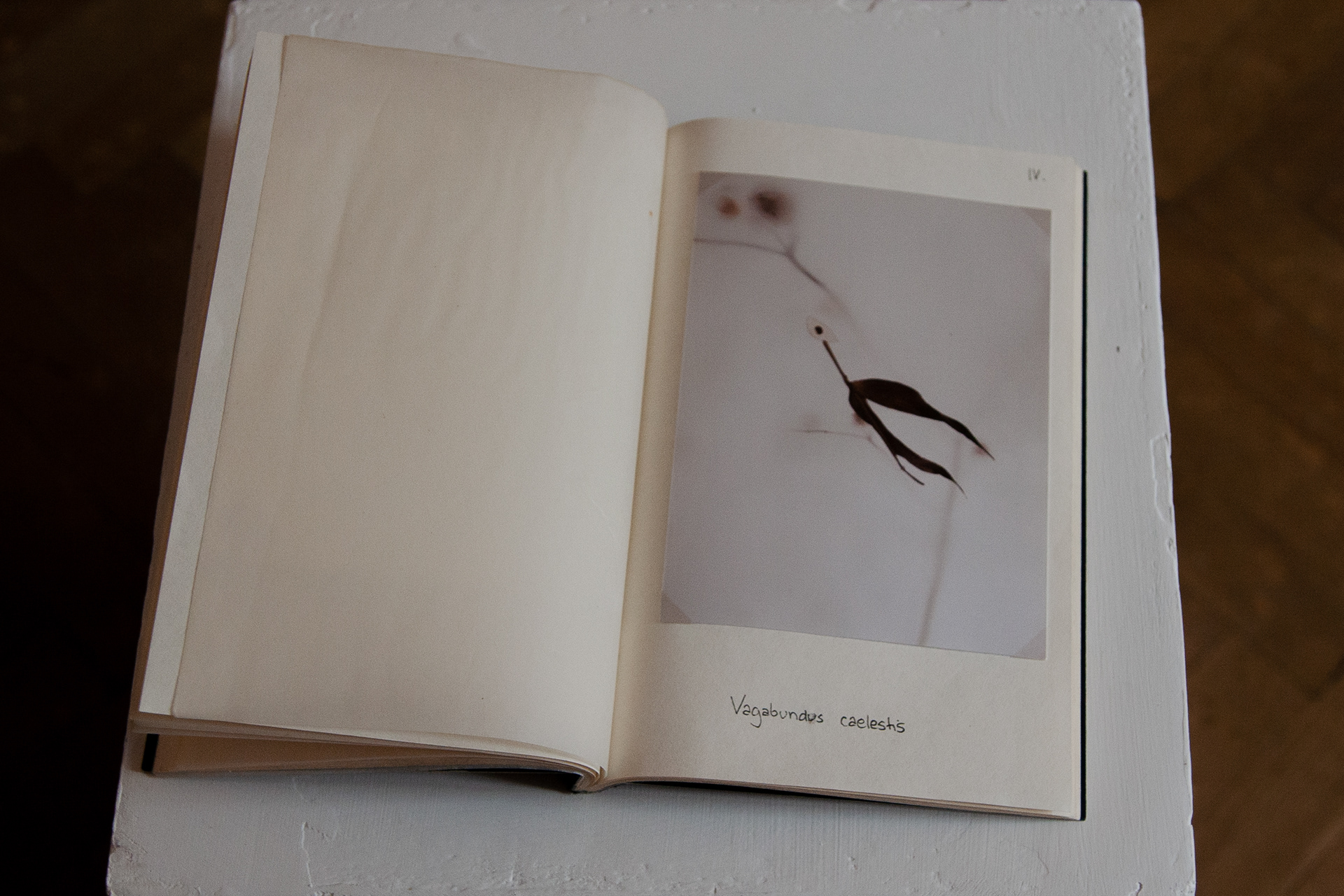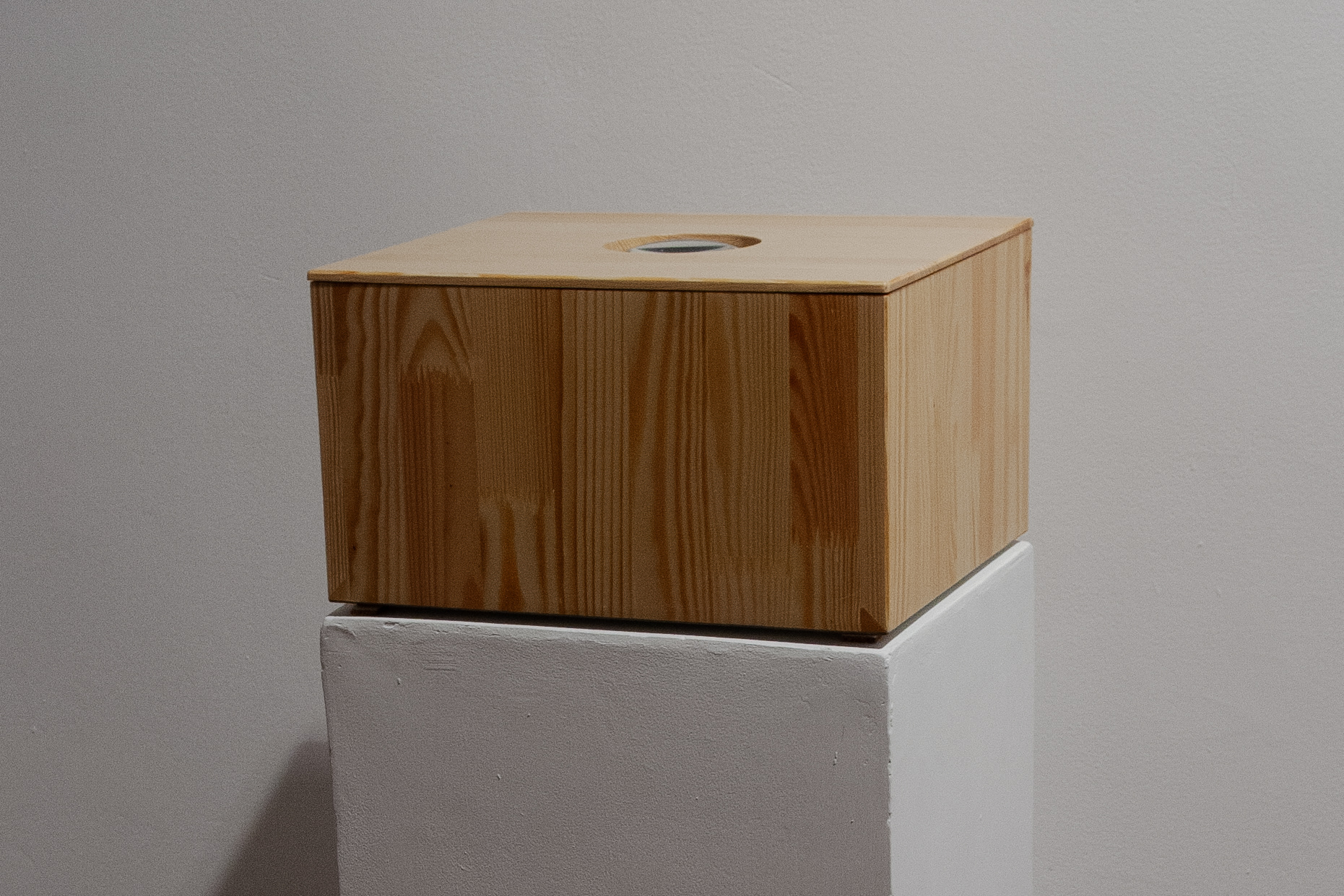2014- in the process / photo / video / book
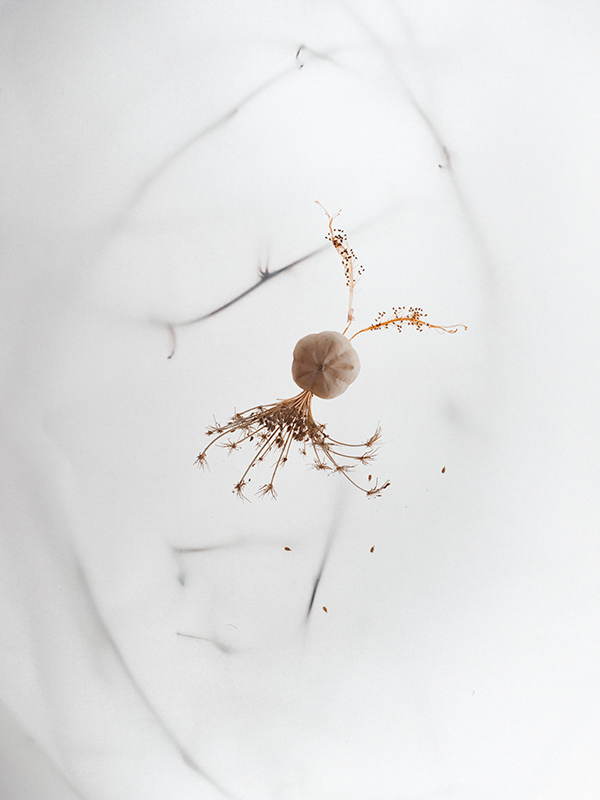
Terraquadius electricitas – These bioforms are observed only at the interface of land and water, most commonly in Scandinavia and New Zealand. Terrano appears to function at the boundary of two environments: air and water. As it moves, it rustles gently, setting its appendages in motion. Observations indicate that its active antennae continuously gather information from the surroundings, and their delicate vibrations create micro-electric discharges, which the bioform feeds on. This, in turn, gives it the ability to move.
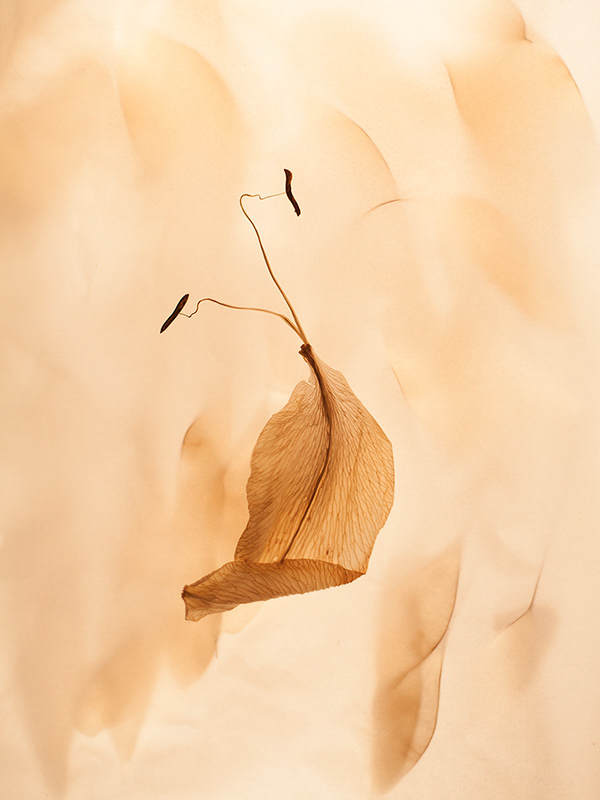
Aurora – A multicellular bioform with a complex plant-insect soul. It can be observed at dawn only for a brief moment, at the appearance of the first rays of sunlight when the sun is still hidden below the horizon. Due to the structure of the human eye, observations can only be made from the corner of the eye; any other method is impossible. Because of these properties, it is very difficult to study. Occasionally, a few to a dozen or so of these bioforms can be seen, but scientists disagree on whether this is influenced by the intensity of the sunlight or the angle of the eye and head. It is possible that reported observations of a greater number of these bioforms are mere optical illusions. Experiments with artificial light have not allowed for the observation of this bioform.
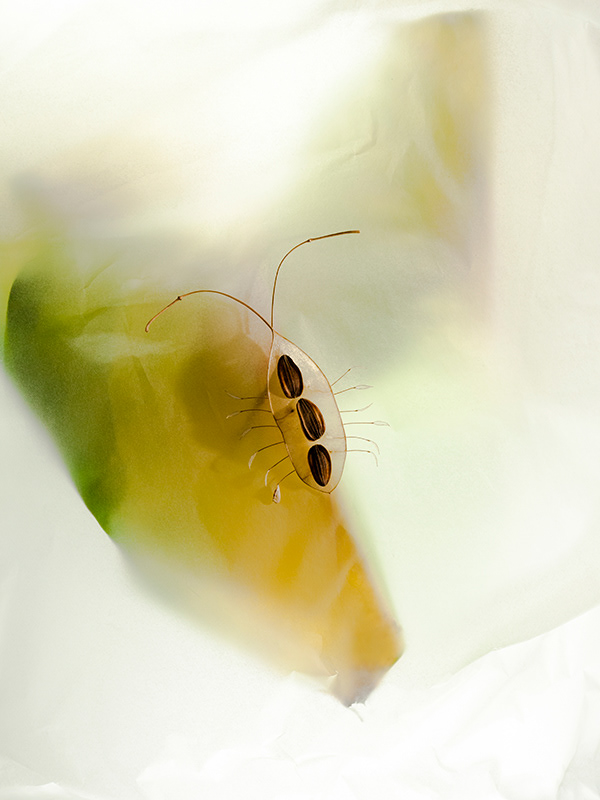
Lunophila lucifera - This bioform was until recently considered to prefer moonlight reflected off the surface of bodies of water. However, recent studies have shown that the reflected moonlight is actually used for navigation. At dusk and dawn, it exhibits fluorescent properties due to the production of luciferase. The bioform originated through the haunting by the spirit of an unspecified species of firefly. Lunophila prefers to enter into a symbiotic relationship with waterfowl, navigating them during migration, thereby facilitating the search for feeding grounds and ensuring its own transport. It is often seen by fishermen around the world.
It is considered that the Solar System is one of the cells forming an infinitely large organism. The Sun is a great nucleoid, and the planets orbiting it perform functions analogous to other parts of a properly functioning cell. The entire system is surrounded by the icy vacuum of space, like a cell wall. It is assumed that the structure of this infinite entity is fractal, twisted inward and outward. Living organisms inhabiting Earth are no exception here – they are part of this structure and themselves are built according to the same algorithm. Each living creature constitutes a twisted inward microcosm in itself, each whole consists of smaller wholes, and so on infinitely, in time, space, and other dimensions unknown to man.
According to the doctrine of Spiritism by Allan Kardec, which forms the foundation of contemporary biospiritism, each person is characterized by the presence of a thinking factor, commonly called a spirit [source: Allan Kardec, Le Livre des Esprits]. After the physical death of the body, the spirit separates from the decaying matter. Modern biospiritist studies show that not only humans but also other mammals possess this thinking factor. However, the view that the thinking factor is unique to the animal kingdom, particularly to mammals, must be abandoned. The collected bioforms provide evidence that the presence of a spirit also characterizes members of the plant (Plantae) and fungus (Fungi) kingdoms. Furthermore, it is not limited to the organismal level but also occurs at the cellular level. According to this theory, every cell of a living organism has a soul, ergo the death of each cell means the separation of its spirit from the matter it forms. Theorists of new fields of spiritist sciences make bold assumptions suggesting that the spirit also exists at the level of elementary particles! These assumptions, however, will not be the subject of this treatise.
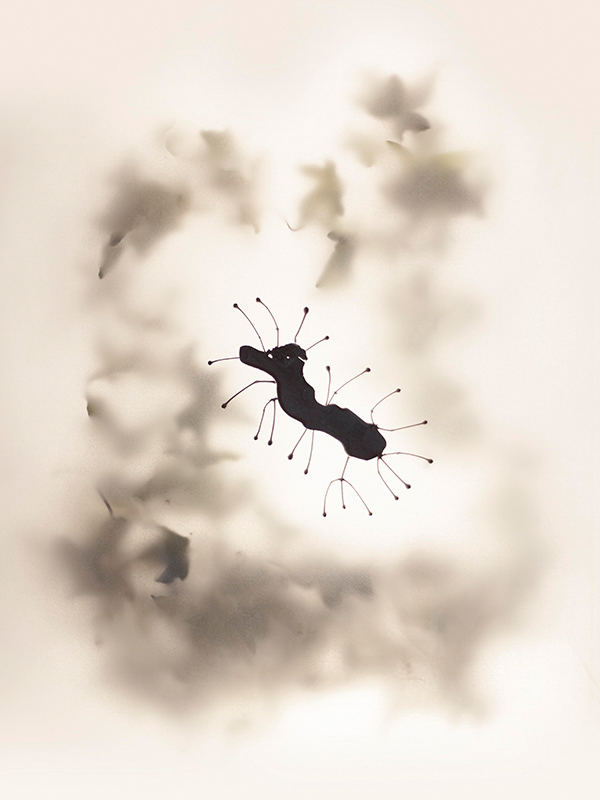
Devorator rapax - This bioform is considered the only predator among the identified species so far. Its genomic mutation was caused by the impact of a strong stream of energy emitted as a result of being haunted by the spirit of a carnivorous plant from the genus Drosera. It requires a constant supply of food in the form of small flies from the family Drosophilidae. It materializes in temperate climates, most often in distilleries. The last recorded manifestation of a specimen of this species was in 1922 during a spiritual séance in Prague, where, after materializing, it fell into a glass of absinthe and was inadvertently swallowed by one of the participants.
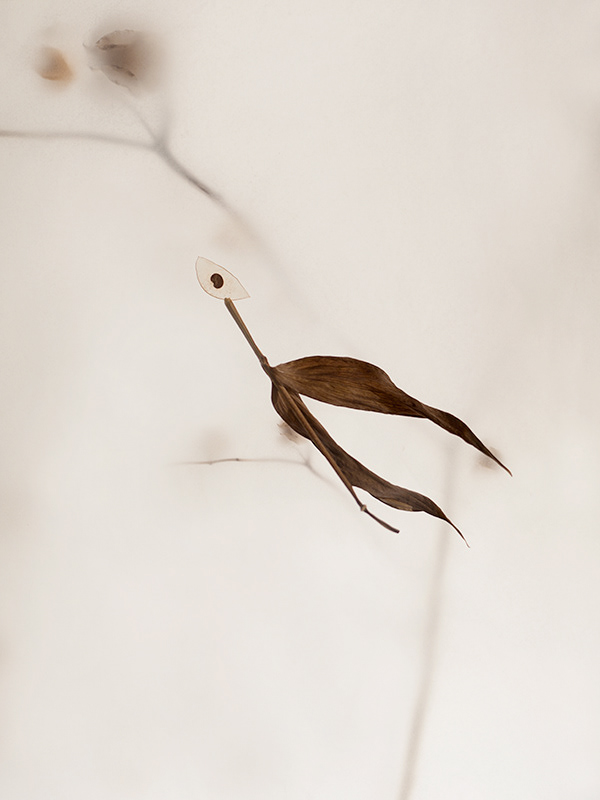
Vagabundus caelestis – These bioforms are flying entities observed worldwide regardless of the prevailing weather conditions. Feeding on particles of cosmic dust, they emit sounds inaudible to the human ear, which are often mistakenly interpreted by astrophysicists as the sound of the cosmos. Vagabundus is active both during the day and at night. Preliminary observations have confirmed that it possesses teleportation abilities, allowing it to traverse vast distances in fractions of a second.
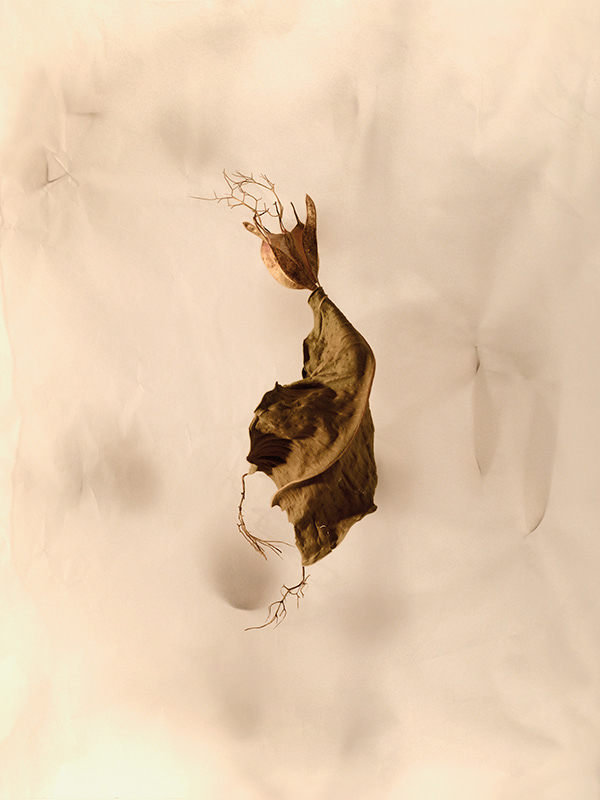
Hortufilio permutatios – Information gathered about this bioform suggests that it most often materializes in fruit orchards. Dubbed "the gardener" by scientists, it has been observed in various places around the world and clearly avoids desert climates, residing in the canopies of fruit trees. There are suspicions that it feeds on the honeydew left by insects, although this has never been proven. After materializing, it remains in the same location for several hours before disappearing, most likely transforming into another entity. This bioform is very difficult to observe.
Every animal, plant, and fungus that comes into this world loses its physical form upon dying, but the spirit endures forever. Every living organism fulfills its function in a larger living organism of which it is a part. It is no secret that the spirit of a person whose life was interrupted by unfinished business in this world cannot find peace. The spirit desperately seeks connection with the material world, persistently repeating and reliving the same moment that was interrupted by death. This spirit thrashes about in the physical world, haunting places as a poltergeist, not to mention temporarily embedding itself in the body of a medium. The same process occurs with the interrupted life of a plant or fungus. Due to the lack of knowledge of the language of plants and fungi, instances of haunting by the spirit of one of these life forms are not easy to observe and are often mistakenly explained using natural science methodologies.
A human spirit in the body of a human medium makes the medium take on its characteristics – appearance, facial expression, voice, and gestures make the person whose body is possessed look like the deceased. Perhaps it is this transparency of communication that makes the spirits of deceased animals most likely to choose members of the same species as mediums, hence the nature of animal hauntings is usually homogeneous.
Just as with hauntings in the animal world, a plant or fungus inhabited by a spirit speaks with its voice. However, it is noteworthy that the choice of a particular species of medium among the representatives of these two kingdoms is of little importance to these spirits – all recorded plant and fungal hauntings are heterogeneous. There are also significantly more cases of hauntings by more than one spirit of a deceased plant or fungus. Cases of plant or fungal haunting by an animal spirit are not known to contemporary science, but cellular-level hauntings are common, which most likely accounts for the animal, most often insect, characteristics among the collected bioforms.
A significant difference from animal hauntings is the drastic, permanent changes in the appearance of the haunted organisms. Observation of these hauntings in vitro under microscopic scale showed increased, aggressive secretion of ectoplasm (as used in spiritist sciences), which is a protein that bursts the walls of the medium-fungus or medium-plant cells in the spirit's desperate cry to return to a material form of existence.
The collection of bioforms shaped by the inhabiting spirit (or spirits) aims to expand scientific knowledge about the phenomenon of plant and fungal hauntings. The apparent chaos of the mechanism of this phenomenon and the random choice of mediums by wandering plant, fungal, and individual animal cell spirits demand closer analysis. This collection of specimens has been described and classified based on the classification of living organisms used in natural sciences. Due to the randomness of the occurrence of individual forms in the material world, all attempts at classification must be made from the bottom up, by describing the features of individual specimens, then looking for similarities among them and developing a biospiritistic systematics based on them. It is hoped that this collection of specimens will form the foundation for the classification of bioforms shaped by ectoplasmic heterogenesis, thereby allowing a better understanding of their mysterious world at the border of material and spiritual reality.
Text: Zofia Wróbel
Solo exhibition „mniejsze całości” in der Galerie Entropia, Wrocław
